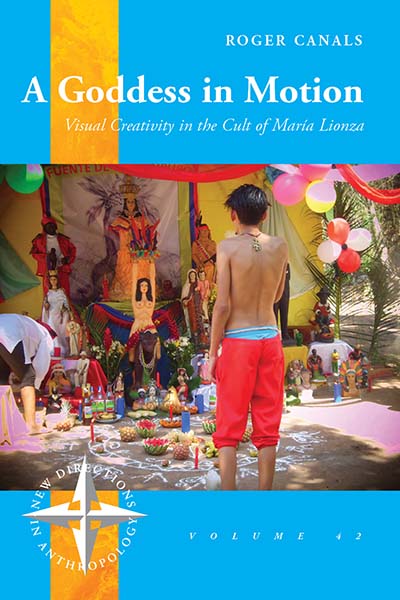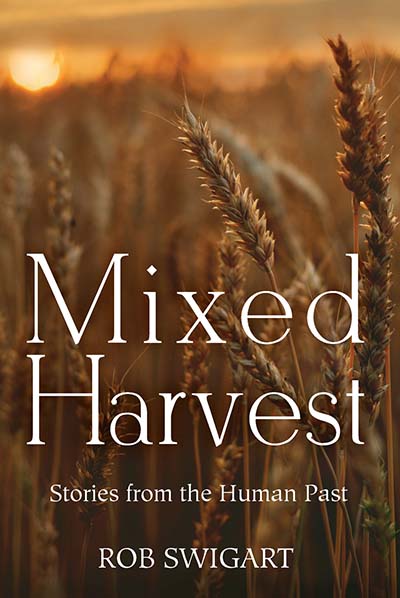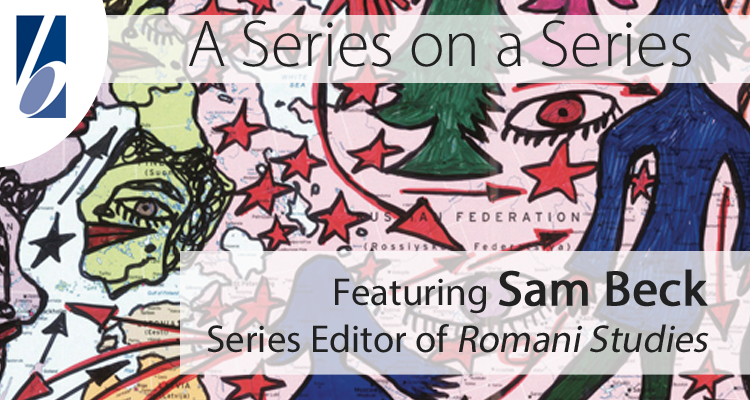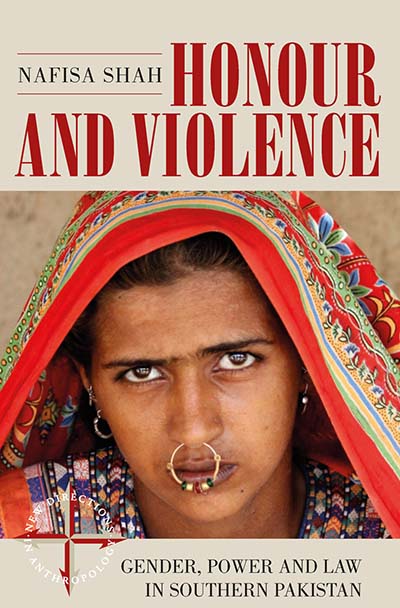 By Roger Canals, lecturer in the department of social anthropology at the University of Barcelona.
By Roger Canals, lecturer in the department of social anthropology at the University of Barcelona.
The book A Goddess in Motion: Visual Creativity in the Cult of María Lionza finds its origins in my vivid interest in Afro-Latin American religions, art and visual anthropology. I understand the latter in a broad sense, that is, as an anthropology of images, as an exploration on the act of seeing and being seen, as a visual ethnography and, lastly, as an attempt to write and publish the outcomes of our research, including visual material.
The main goal of A Goddess in Motion: Visual Creativity in the Cult of María Lionza is to explore how this goddess is represented and what people do with –and through– her images in contemporary Venezuelan society and abroad. For those who do not know this amazing figure, let me tell you that María Lionza is a fascinating goddess, still highly unexplored by academia: symbol of the Venezuelan identity, she is represented as Indian, White, Mestiza and as a Black woman, sometimes benevolent and sometimes evil, at once represented with a high sexual component and at once depicted as a mature woman close to the Virgin Mary. The images of María Lionza may be found in many different locations, where they play a variety of roles: on religious altars, in museums and galleries, on television, on the Internet or on the walls of the streets of Venezuelan cities, to mention just a few. Moreover, María Lionza can “descend” into the mediums’ bodies or “appear” in dreams, visions and apparitions.
The challenge of this book is to think of all these images (material, corporeal and mental) as a whole, that is, as a sort of dynamic and open network in which practices, discourses and visual representations mingle.
Continue reading “Who is María Lionza?” →







